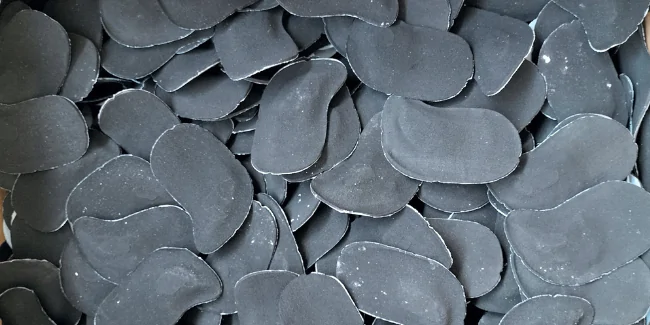
EPDM is a closed cell foam rubber obtained from the copolymerization of ethylene, propylene and a diene.
This innovative material exhibits numerous mechanical, elastic and physics that make it a product of great efficiency and adaptability.
It is characterized by its high resistance to external influences such as ozone, light and water and is therefore particularly suitable for outdoor applications. It also has good acid and alkaline resistance as well as high tensile strength.
EPDM products can be used at different temperatures.
They maintain considerable flexibility even at low temperatures and withstand a maximum of 140 ° C with a constant load.
FEATURES
The main properties of EPDM rubber are its excellent resistance to heat, ozone and aging. It also has good resistance to chemicals and steam.
It has excellent electrical insulation properties.
APPLICATIONS
Due to its resistance to temperatures, liquids and cleaning solutions, EPDM rubber is widely used for external applications (in joints and window guides) and for fittings, pipes and gaskets for household appliances.
The automotive industry is one of the largest users of EPDM rubber, which is used for door and trunk gasket profiles, solid gaskets for windows and headlamps, bumpers, pipes and gasket elements in general.
At FoamExpo 2021, 80% sustainable EPDM foam was presented for the first time.
This innovative material is majorly not based on crude oil raw material. Instead,
natural, renewable material and bio-oil are used.
Without a loss of the properties of the original material.
This is the first EPDM foam ever to replace such a wide range of raw materials with renewable or sustainable alternatives.
The development of a sustainable foam was not only necessary because of the current zeitgeist, but also because Köpp wants to contribute to environmental protection and hopes that this is a step in the right direction for a more sustainable industrial production of semifinished products.
How is Bio EPDM produced?
Follow us on social media
